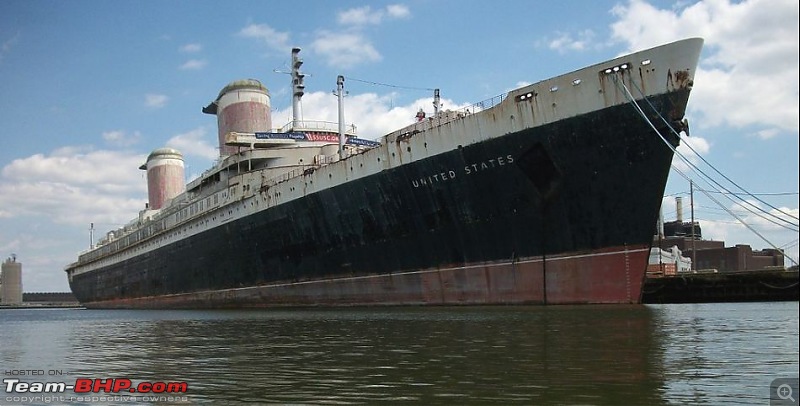| | #16 |
| Team-BHP Support  | |
| |  (3)
Thanks (3)
Thanks
|
| |
| | #17 |
| BHPian Join Date: Feb 2011 Location: Mumbai
Posts: 117
Thanked: 118 Times
| |
| |  (3)
Thanks (3)
Thanks
|
| | #18 |
| BHPian | |
| |  (3)
Thanks (3)
Thanks
|
| | #19 |
| BHPian Join Date: Mar 2019 Location: Pune
Posts: 556
Thanked: 1,372 Times
| |
| |  (2)
Thanks (2)
Thanks
|
| | #20 |
| Newbie Join Date: Apr 2018 Location: Mumbai
Posts: 13
Thanked: 165 Times
| |
| |  (11)
Thanks (11)
Thanks
|
| | #21 |
| Distinguished - BHPian  | |
| |  (7)
Thanks (7)
Thanks
|
| | #22 |
| BHPian Join Date: Feb 2011 Location: Mumbai
Posts: 117
Thanked: 118 Times
| |
| |
| | #23 |
| Senior - BHPian Join Date: May 2012 Location: Manali
Posts: 1,101
Thanked: 4,482 Times
| |
| |  (12)
Thanks (12)
Thanks
|
| | #24 |
| Senior - BHPian Join Date: May 2012 Location: Manali
Posts: 1,101
Thanked: 4,482 Times
| |
| |  (2)
Thanks (2)
Thanks
|
| | #25 |
| BHPian Join Date: May 2013 Location: DELHI
Posts: 235
Thanked: 231 Times
| |
| |  (13)
Thanks (13)
Thanks
|
| | #26 |
| Newbie Join Date: Apr 2018 Location: Mumbai
Posts: 13
Thanked: 165 Times
| |
| |
| |
| | #27 |
| BHPian Join Date: May 2013 Location: DELHI
Posts: 235
Thanked: 231 Times
| |
| |  (3)
Thanks (3)
Thanks
|
| | #28 |
| BHPian Join Date: Mar 2019 Location: Pune
Posts: 556
Thanked: 1,372 Times
| |
| |  (2)
Thanks (2)
Thanks
|
| | #29 |
| Distinguished - BHPian  | |
| |  (13)
Thanks (13)
Thanks
|
| | #30 |
| BHPian Join Date: Feb 2011 Location: Mumbai
Posts: 117
Thanked: 118 Times
| |
| |
 |
Most Viewed




 as possible. Now to carry out the maintenance as per the rolling is very challenging.
as possible. Now to carry out the maintenance as per the rolling is very challenging.




